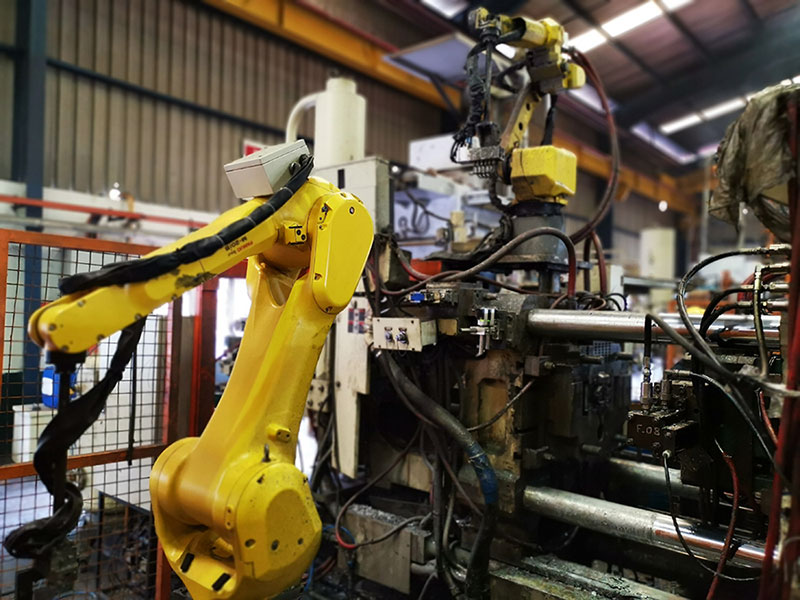Understanding Diecasting: The Course of and Its Purposes
Understanding Diecasting: The Course of and Its Purposes
Blog Article
Diecasting can be a flexible and extensively used manufacturing method which involves the injection of molten metal into a mold chamber under extreme pressure. It's a highly effective method to create large quantities of complex metal parts with high dimensional precision and smooth surfaces. The process, materials, as well as the various applications for diecasting, are essential to various industries, making it an integral part of manufacturing today. This article will explore the basic concepts of diecasting as well as its strengths, and its diverse applications within the manufacturing industry.
Diecasting is the utilization of molds, also known as dies. They are made using high-quality steel that can withstand the extreme conditions of this casting procedure. Die designs are made to be precise, and usually incorporate precise details and precision tolerances to guarantee the accuracy of the final product. In the process of diecasting, melts of metal - commonly zinc, aluminum or magnesium-is in the dies under very high pressure. The rapid injection process and the subsequent the process of solidification results in parts with outstanding dimensional stability as well as a perfect surface finish that reduces the need for further manufacturing or finishing. The preciseness of the dies allows the manufacturing of geometries with complex shapes that might be impossible or difficult to accomplish using other manufacturing techniques.
One of the most significant benefits of diecasting is its ability to make parts with superior precision in dimensional measurement and smooth surface finishing. Diecasting with high pressure ensures the molten metal conforms precisely to the mold, resulting in parts that require minimal removal or finishing. This precision is especially beneficial when it comes to creating complex geometries or thin-walled segments that are difficult to create or not possible using other methods of manufacturing. Diecasting also produces components with precise tolerances and high repeatability, which makes it ideal for mass production. The efficiency of the process can also result in cost savings due to the fact that high production rates reduce labor costs and material waste.
Diecasting is widely used across diverse industries due to its versatility as well as the variety of different materials utilized. For the automotive sector Diecasting is a must for the creation of parts such as engine blocks, transmission cases and structural pieces. Aerospace relies upon diecasting for light robust parts with high strength that can stand up to the rigorous conditions of flight. In consumer electronics, diecast components are used to construct frames and housings, ensuring high-quality and precise devices. Diecasting's flexibility is evident in applications such as the healthcare, telecoms and power tool industries, demonstrating its broad utility and importance. To find extra details please visit Senadiecasting
Diecasting's versatility extends to its wide range of applications across different sectors. For instance, in the automobile industry diecast parts are essential in the creation of transmissions, engines, and structural parts, contributing to the development of less weight and more efficient vehicles. In the electronic sector, diecasting is used to make heat sinks connectors, housings, and other components, providing optimal thermal management and longevity for electronic devices. The industry of consumer goods has a lot to gain from diecasting, with applications that range from kitchen appliances to power tools, toys and even power tools. Diecasting's ability to adapt to different metals and its ability to produce parts with intricate designs makes it suitable for many different uses, all profiting from the distinctive benefits diecasting brings.
Diecasting is a zenith of manufacturing technology, offering a blend of precision, efficiency, and versatility that's unmatched by other manufacturing processes. Its ability to make intricate, high-end components that have excellent mechanical properties makes it essential in various industries, from automobile to consumer electronics. Efficiency and cost savings of diecasting underscore its value in high-volume manufacturing, and its flexibility allows it to meet the demands of contemporary manufacturing. As companies continue pushing the limits of technology and productivity, diecasting is expected to remain a critical tool, providing the basis for advancements, and also facilitating the development of new products that will shape our future.